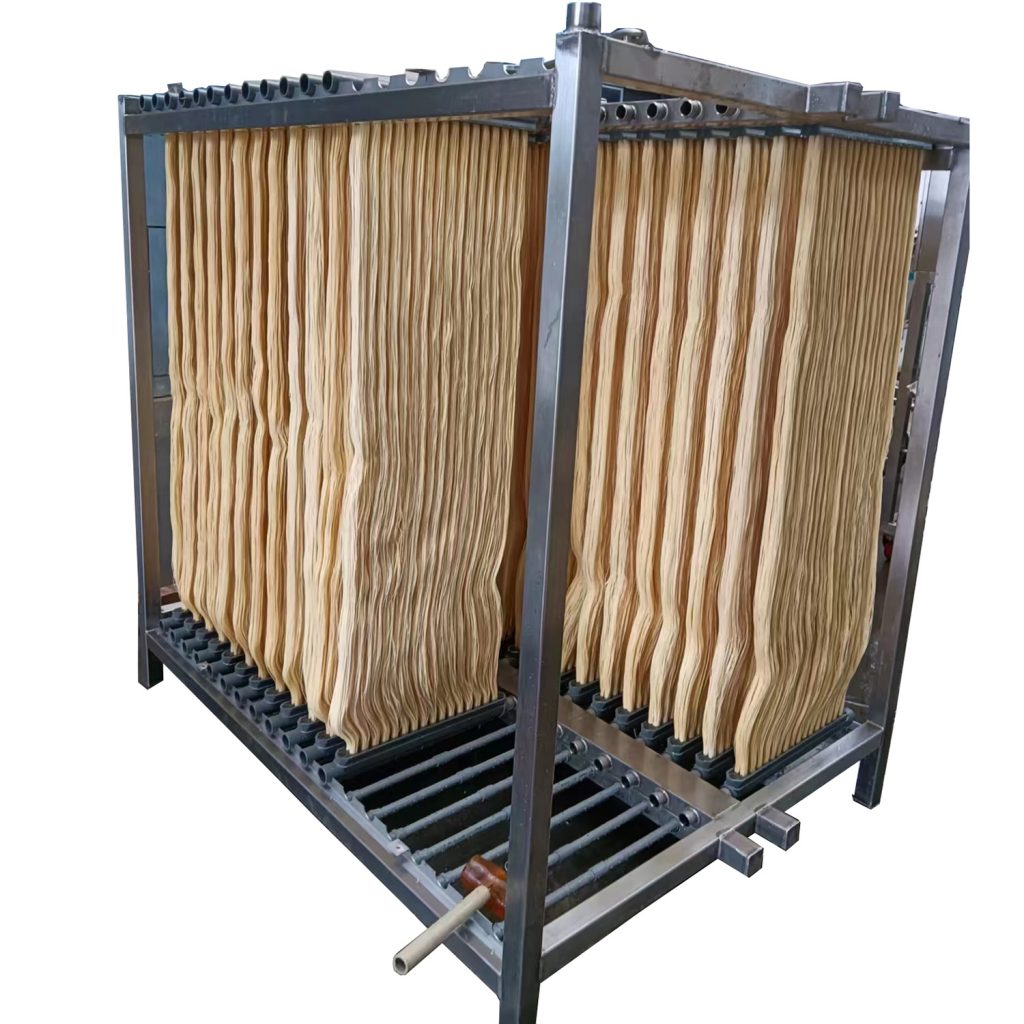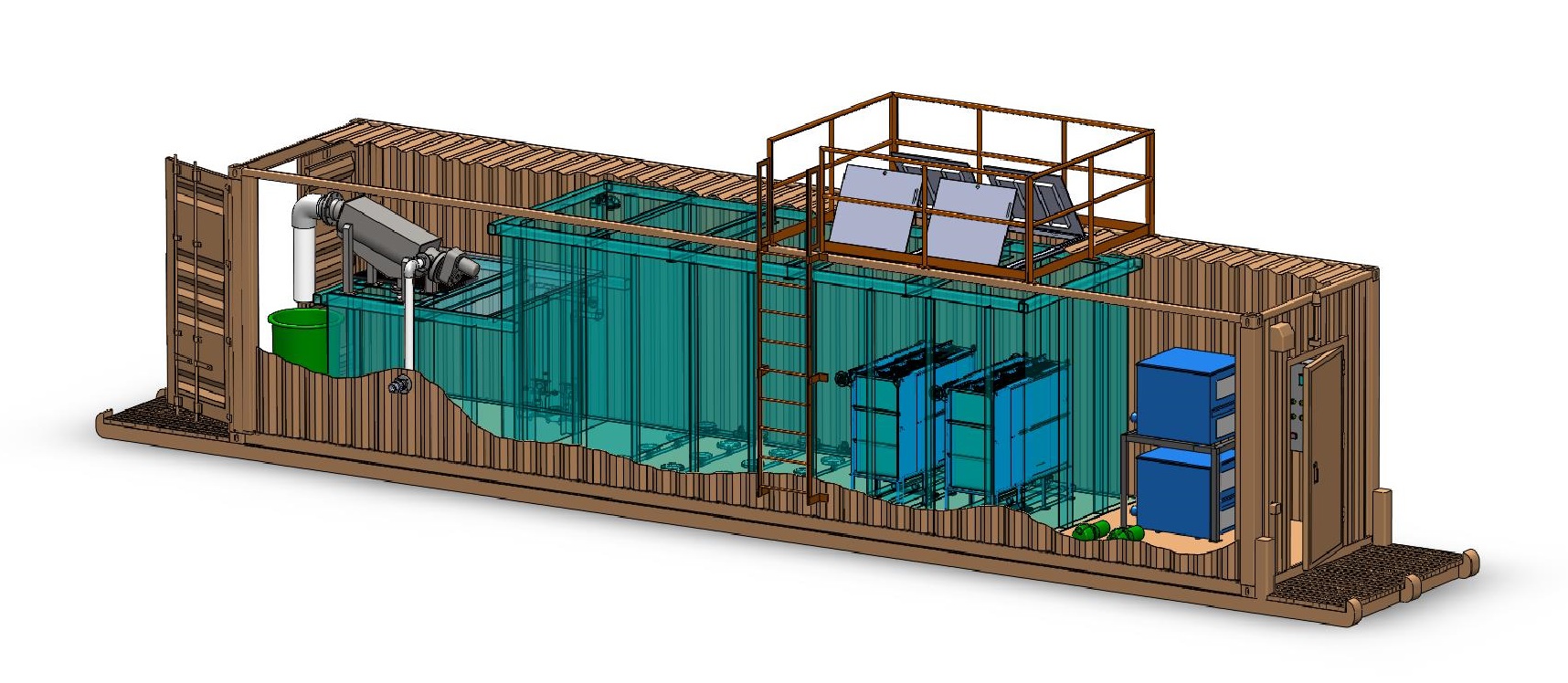How Membrane Bioreactors Are Reinventing Water Filtration Systems
The appearance of membrane bioreactors (MBRs) stands for a substantial innovation in the area of water filtration, combining organic therapy procedures with advanced membrane layer purification technologies. This combination not only enhances the high quality of dealt with effluent yet also addresses metropolitan room restrictions, making MBRs particularly suitable for largely booming locations. As international water shortage intensifies, the function of MBRs in promoting safe and clean water reuse and sustainable water administration becomes significantly crucial. The effects of this technology prolong past efficiency-- what challenges and possibilities lie ahead for its widespread implementation?
Overview of Membrane Bioreactors
Membrane layer bioreactors (MBRs) stand for a substantial development in water purification technology, as they incorporate organic therapy processes with membrane filtering. This combination improves the efficiency of wastewater therapy by using bacteria to degrade natural pollutants while concurrently utilizing semi-permeable membrane layers to different treated water from put on hold solids and virus.
The MBR system typically includes an organic activator where the microbial population metabolizes pollutants, complied with by a membrane purification system that keeps biomass and allows only tidy water to travel through. This dual functionality leads to greater effluent high quality compared to conventional treatment methods. MBRs can be operated in both batch and continuous circulation modes, supplying adaptability in layout and application.
They additionally make it possible for the healing of water for reuse, therefore adding to water sustainability campaigns. In general, MBRs are at the leading edge of boosting water treatment performance and top quality, showcasing the possibility for innovative remedies in ecological administration.
Advantages of MBR Innovation
The integration of biological treatment with membrane layer purification offers countless benefits for water purification processes. Among the main advantages of Membrane Bioreactor (MBR) technology is its capability to successfully get rid of both not natural and organic impurities, causing high-grade effluent. The membrane layers act as a physical obstacle, protecting against put on hold solids and virus from passing through, which boosts the overall safety and reliability of cured water.
Additionally, MBR systems require a smaller sized impact contrasted to traditional therapy approaches, enabling a lot more reliable area application. This portable layout is especially useful in metropolitan settings where land is limited. MBRs additionally demonstrate operational adaptability, suiting varying influent high qualities and circulation prices without substantial performance degradation.
Moreover, the process provides boosted nutrient removal capacities, specifically for nitrogen and phosphorus, which are essential for protecting against eutrophication in getting waters. The lowered sludge production connected with MBR technology likewise converts to lower disposal costs, making it an economical option over time - Membrane Bioreactor. In general, the benefits of MBR technology position it as a leading choice for ingenious and lasting water purification systems, resolving both environmental and financial problems
Applications in Water Filtration
Applications of Membrane Bioreactor (MBR) technology in water purification are impactful and diverse, addressing different treatment requires throughout several industries. MBRs effectively incorporate biological treatment processes with membrane purification, making them suitable for municipal wastewater therapy, industrial effluent monitoring, and even navigate to these guys drinkable water reuse efforts.
In community setups, MBRs are increasingly employed to enhance the top quality of dealt with wastewater, enabling compliance with rigorous discharge regulations and assisting in the recycling of water for watering and non-potable usages. Their portable layout likewise makes discover here them appropriate for metropolitan environments where room is limited.
Industrially, MBR modern technology is utilized to treat procedure water and wastewater, specifically in markets such as food and beverage, drugs, and fabrics. By effectively removing impurities and put on hold solids, MBRs assist sectors reduce ecological influences while recouping useful resources from wastewater streams.
Additionally, MBRs are gaining grip in decentralized water therapy applications, where small systems can be deployed in remote areas or establishing regions. This flexibility makes it possible for areas to accomplish lasting water monitoring services, enhancing access to tidy water while lowering dependence on typical treatment methods.
Study and Success Stories

In an additional instance, a fabric manufacturing center in Bangladesh adopted MBR technology to address its wastewater difficulties. The system reduced chemical oxygen need (COD) degrees from 1,200 mg/L to much less than 100 mg/L, hence fulfilling governing criteria and substantially minimizing ecological impact.
The College of Cape Town's MBR setup has actually verified efficient in dealing with greywater for non-potable reuse on school. This task not only preserves safe and clean water yet also works as an academic model for sustainable methods.
Additionally, a fish and shellfish processing plant in Norway made use of MBR modern technology to treat effluents including high levels of raw material, achieving over 90% toxin removal. These case read this post here researches emphasize MBR technology's adaptability and its essential duty in enhancing water top quality throughout diverse applications.
Future of Water Treatment Solutions
As global water scarcity and pollution difficulties heighten, ingenious water treatment remedies are becoming increasingly necessary to make certain lasting access to clean water. The future of water treatment hinges on the integration of innovative modern technologies that enhance the performance and performance of purification procedures. Membrane layer bioreactors (MBRs) go to the leading edge of this advancement, combining biological therapy with membrane layer filtration to create high-grade effluent appropriate for different applications.

Emerging patterns such as source recovery from wastewater, including nutrients and power, will additionally change therapy facilities into environment-friendly hubs. Improvements in nanotechnology and membrane layer materials assure improved performance and long life of filtration systems.

Final Thought
To conclude, membrane layer bioreactors represent a considerable innovation in water filtration modern technologies, properly incorporating biological therapy with innovative membrane layer filtering. The numerous advantages, consisting of boosted effluent high quality and minimized spatial demands, make MBRs particularly suitable for urban applications. Their role in potable water reuse and sustainable water administration highlights their value in resolving worldwide water scarcity obstacles. Continued r & d will even more improve the efficacy and fostering of MBR modern technology, ensuring a resistant future for water therapy remedies.
The appearance of membrane bioreactors (MBRs) represents a substantial advancement in the area of water purification, combining organic therapy procedures with cutting-edge membrane filtering modern technologies. As international water scarcity increases, the role of MBRs in promoting safe and clean water reuse and sustainable water management becomes increasingly vital. They likewise enable the recuperation of water for reuse, hence contributing to water sustainability efforts.As international water shortage and contamination challenges increase, cutting-edge water therapy solutions are coming to be progressively necessary to guarantee lasting access to clean water. Their function in potable water reuse and sustainable water management highlights their value in attending to global water shortage challenges.